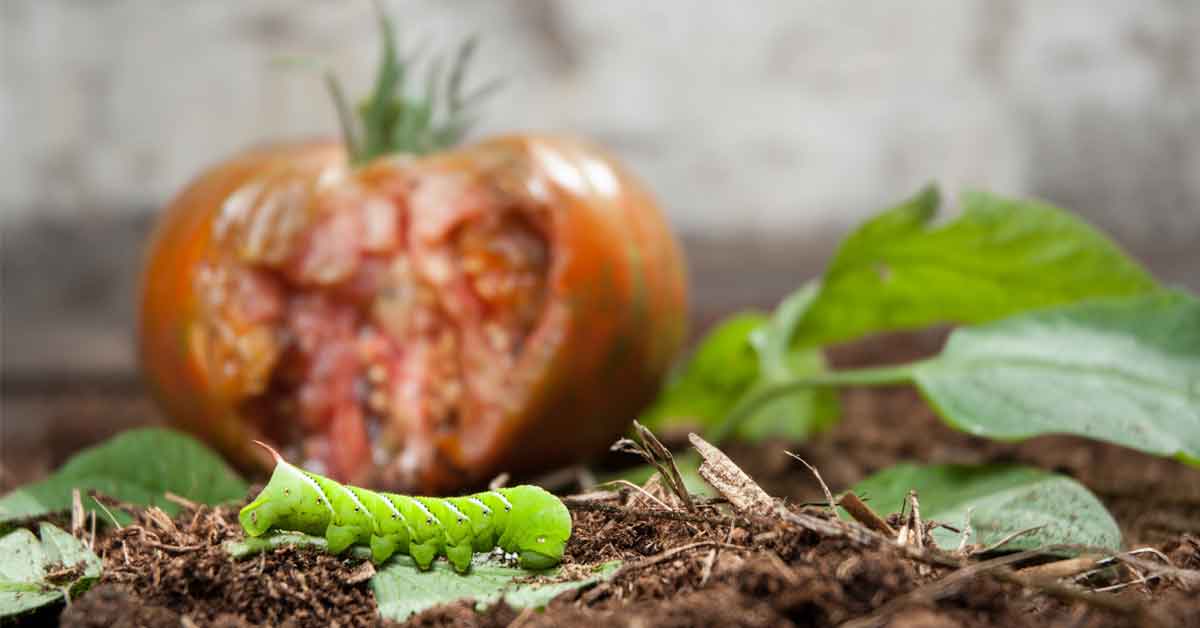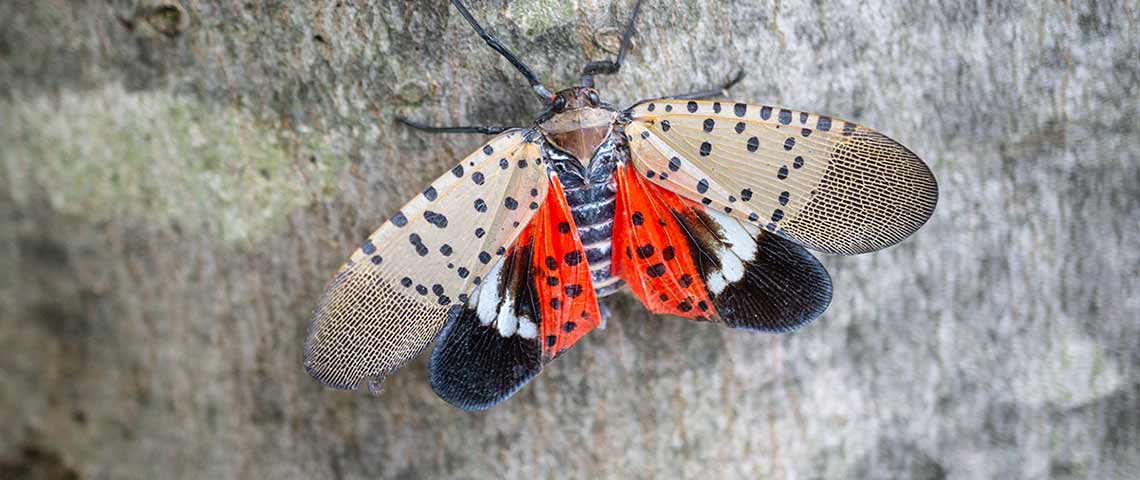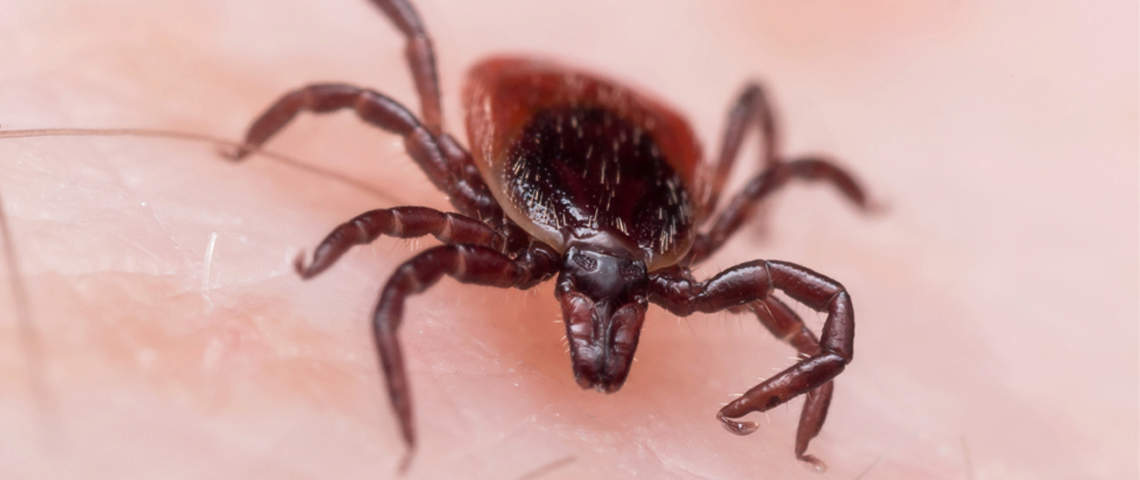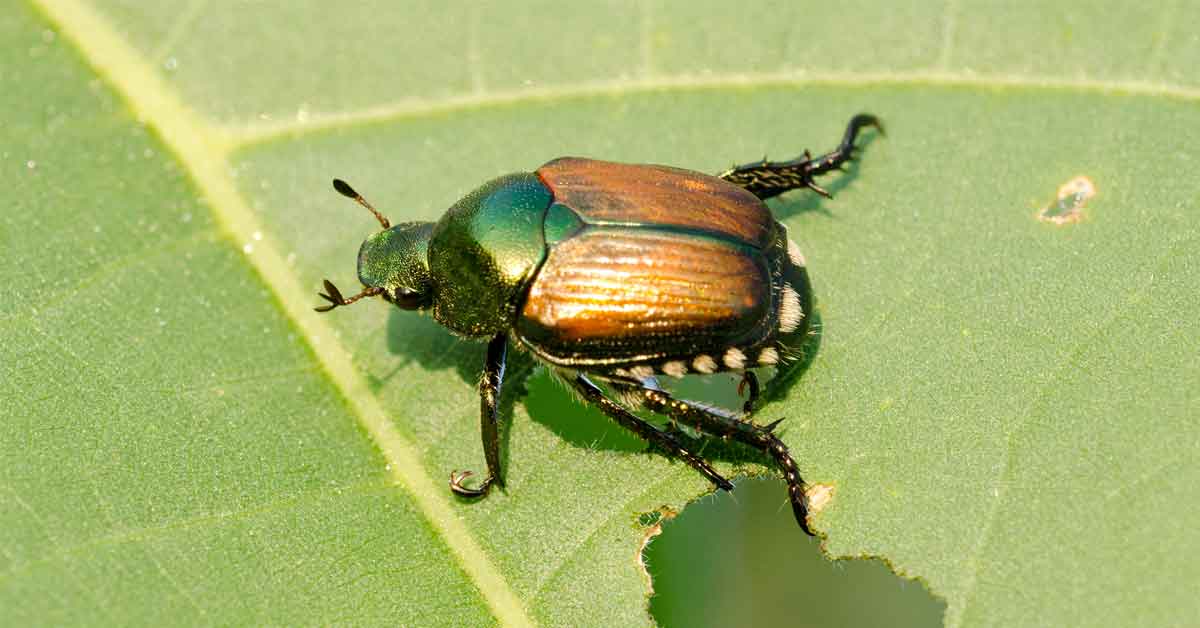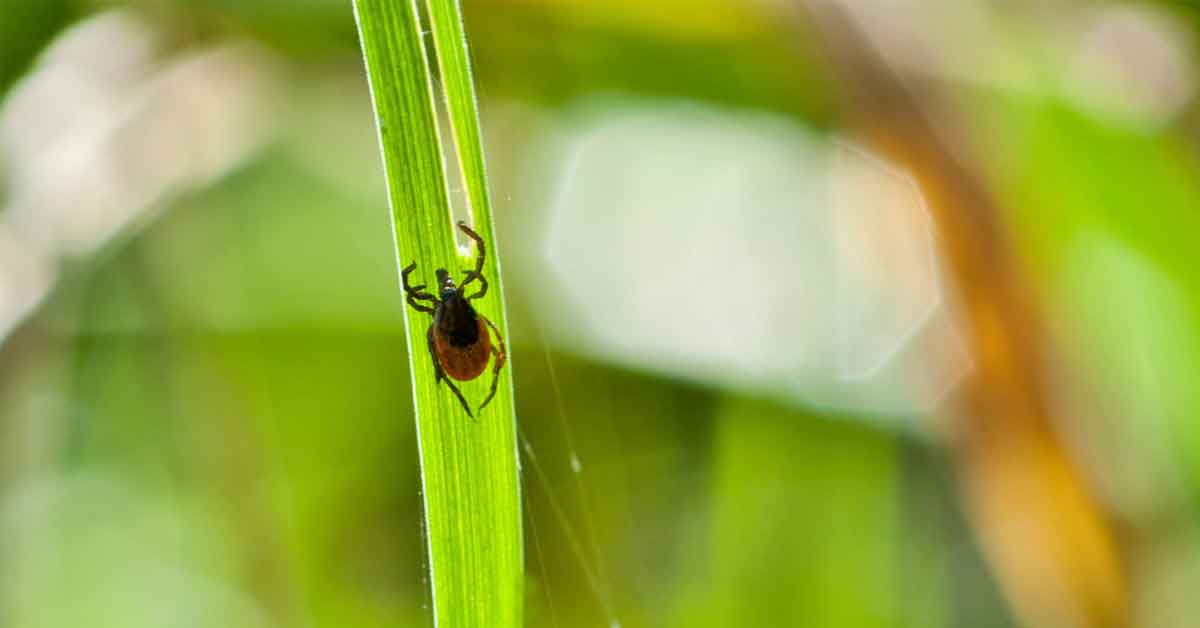How to Control and Prevent Hornworms
Meeting a hornworm face to face in your tomato patch is a moment you won't forget. These worms grow up to 4 inches in length, can get as fat as a finger and have curved, posterior horns to boot. Two main types of hornworms trouble vegetable gardeners: the tomato hornworm and the tobacco hornworm. Tomato hornworms are more common in the North, and tobacco hornworms prevail in the South, but their territories and menus overlap. These voracious pests are often found working the same garden patch.
- Recognizing Hornworm Damage
- Hornworm ID and Life Cycle
- Controlling Existing Hornworms
- Preventing Hornworm Invasions
Recognizing Hornworm Damage
The first clue to a hornworm invasion usually comes with the discovery of leafless tomato plants. Not known as dainty eaters, these oversize pests cause extensive damage — fast! Fond of tomatoes and other plants in the same family, including tobacco, eggplants, peppers and potatoes, hornworms don't just create a few holes as they eat. They devour entire leaves overnight and feed on flowers and fruit, too. The upper parts of the plant are usually hit first.
Camouflaged by their fresh green color, tomato and tobacco hornworms blend in against stems and leaves. Even when damage is widespread, these culprits avoid detection by easily hiding on plants during the day. Catch hornworms in action at dusk, dawn or nighttime, when these pests come out to feed in the open. Large black droppings left on leaves and the ground below give clues to hornworm hideouts. They've also been known to reveal themselves if you spray leaves vigorously with a hose.
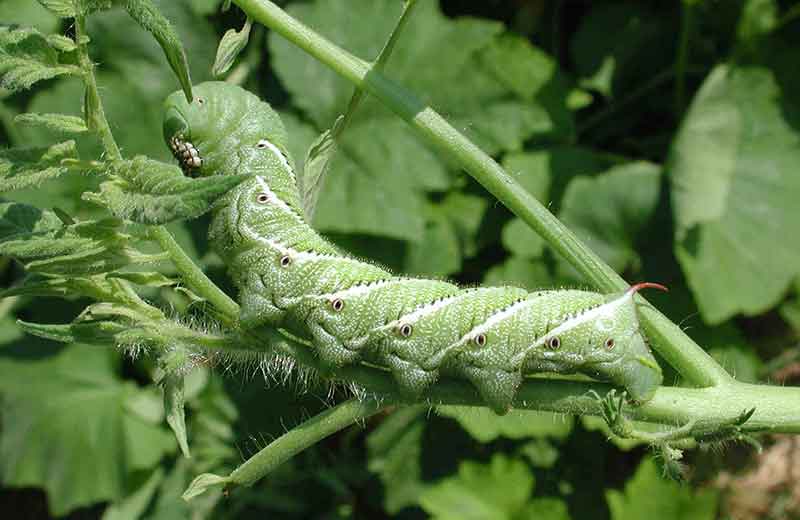
Hornworm ID and Life Cycle
Tomato and tobacco hornworms are both immature, larval stages of large moths. The damage these worms cause in your garden is the same, but the worms have different markings. Tomato hornworms have a black horn on their rear with white, V-shaped marks pointing forward along their bright green sides. Tobacco hornworms have a red horn on their posterior and diagonal white stripes along their sides. The adult forms of these hornworms are known regionally as sphinx moths, hawk moths or hummingbird moths. These large moths emerge in late spring and lay their eggs at night on plant leaves. They prefer tomato and tobacco leaves, but they'll use related plants, too. Under optimal conditions, a single adult female moth can produce up to 2,000 eggs.1 Hornworms hatch in less than one week, and then dine relentlessly on your veggies for up to one month.2 With a life cycle of just 30 to 50 days, two or more generations per season are common.3
Controlling Existing Hornworms
Handpicking hornworms and drowning them is an effective way to fight these pests. That is, if you can find them while your plants are still standing — and you don't mind spending time in dark gardens thinking about 2,000 hatched 4-inch worms. Fortunately, GardenTech Sevin brand insecticides easily control hornworms.
Sevin Insect Killer Ready To Use2 and its easy-to-use sprayer container make it simple to treat specific plants and kill hornworms on contact with a targeted spray. For larger treatment areas, Sevin Insect Killer Concentrate is perfect for use with pump sprayers, while Sevin Insect Killer Ready To Spray offers hose-end spraying with a regular garden hose.
These two liquid concentrates kill by contact and keep protecting against hornworms for up to three months.
These products are known as "nonsystemic" insecticides. This means they don't penetrate vegetables or plant tissues. Instead, they stay on the surface of treated plants to kill and control hornworms and other listed pests. Always follow your product's label for guidelines on how long to wait between treating pests and harvesting crops.
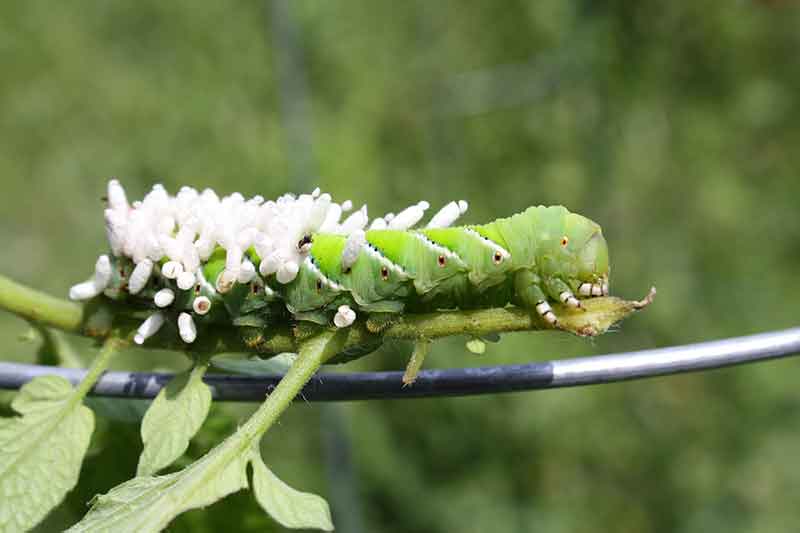
Preventing Hornworm Invasions
Hornworms overwinter in the soil in a pupae stage before becoming spring moths that start the season's hornworm troubles by laying eggs. Tilling your garden after your harvest and again in early spring can kill 90% or more of the overwintering pests and reduce hornworm problems for the coming year.3
Natural beneficial insects, which are part of a successful home garden integrated pest management program, help fight the hornworm battle too. Beneficial parasitic wasps lay eggs that hatch and feed on hornworm hosts, spin tiny cocoons and then emerge as new wasps ready to tackle more hornworms.3 A hornworm covered with small, silken cocoons is a strong sign that worm won't live to cause more damage. Leave cocoon-covered hornworms in your garden until the wasps emerge, and you'll have a homegrown army of beneficial insects.
As soon as you see signs of hornworm damage, you can put an end to their havoc. With the help of GardenTech and Sevin insecticides, along with good garden practices, you can eliminate hornworms and enjoy a healthy, whole garden harvest.
Always read product labels thoroughly and follow instructions, including guidelines for listed plants and pests, application frequency and pre-harvest intervals (PHI) for edible crops.
GardenTech is a registered trademark of Gulfstream Home and Garden, Inc.
Sevin is a registered trademark of Tessenderlo Kerley, Inc.
Sources:
1. Oklahoma State University Entomology and Plant Pathology, “Tomato Hornworm, Tobacco Hornworm," Oklahoma State University.
2. W. S. Cranshaw, “Hornworms and Hummingbird Moths," Colorado State University, July 2014.
3. J. R. Villanueva, “Tobacco Hornworm, Tomato Hornworm," University of Florida, January 2017.
Get Monthly Gardening Advice!

